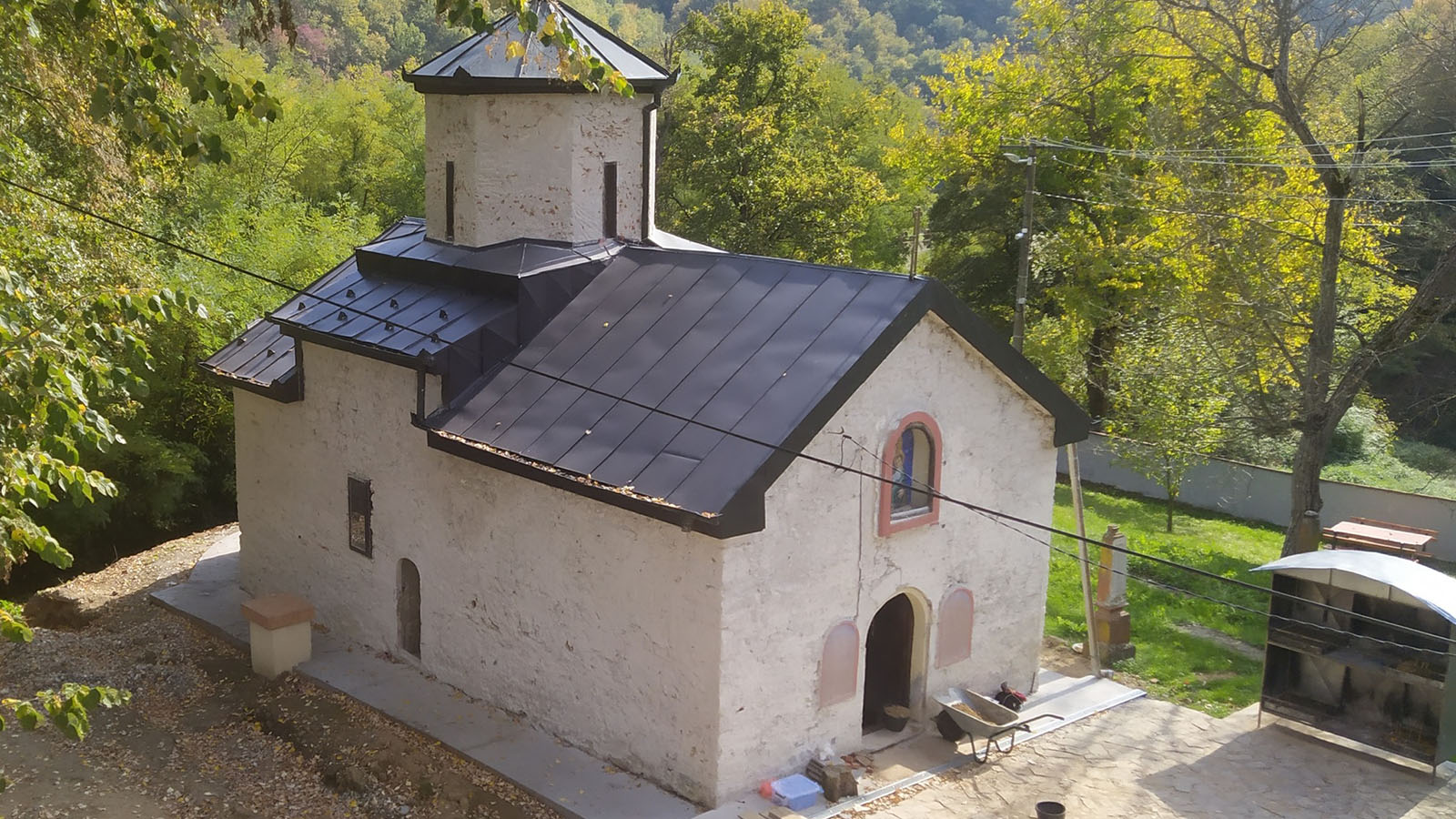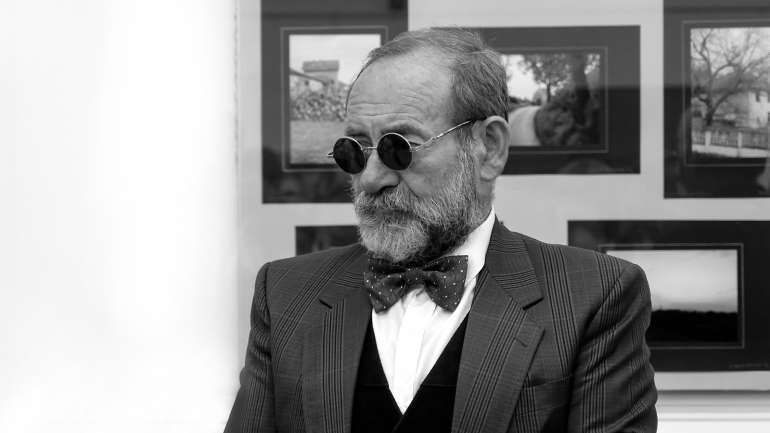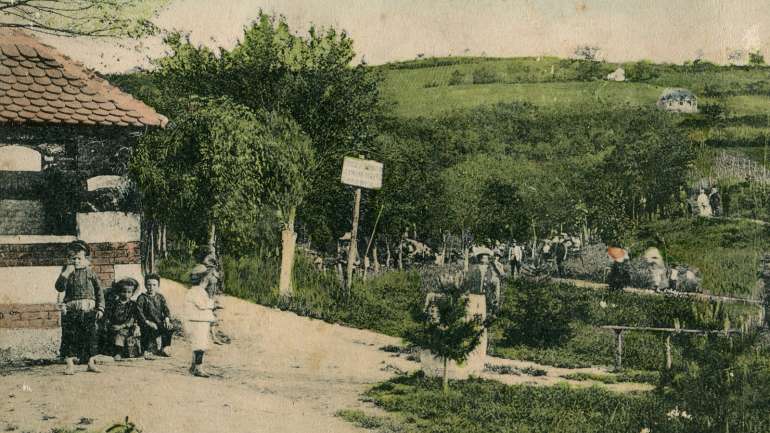By: Branislav Cvetković, museum councilor
Literally each day archeologists make significant discoveries, from remnants of huge walls to a number of smaller finds, during the excavations in the Church of the Nativity of the Virgin in Ivkovački Prnjavor, undertaken as part of the works on moisture remediation and floor replacement. The works, which started at the beginning of October, took off immediately after the first diggings displayed several levels of floors from different renovations of the building, which are evidenced by numismatic finds, from the Turkish akce to coins of Serbian rulers Prince Mihailo, King Milan and King Peter II. Having realized that a demanding task was ahead of them, Smiljana Dodić and Sonja Perić, the archaeologists of the Regional Museum in Jagodina, opened wide probes along the northern wall of the nave and the southern wall of the western bay of the church. Soon, a rich, multi-layered stratigraphy emerged, which raises a number of questions – judging by dynamics of the work and efforts of the archaeologists, many answers will be answered already during the very campaign. The clearing of the upper levels firstly revealed that in the lowest parts of the walls there are still traces of wall paintings with overlapping layers at some places, which is direct evidence that the present church was repeatedly renovated. Also, the graves were found in several places – some of them have displaced skeletons which may point to the church being built on an older necropolis, on which more will be known with the progress of excavations.
Question of the relationship between the existing building and the original one became ever more important hour by hour, because the Ivković church is unique in that on the outside, along its northern wall, there is a stone altar in form of a table on a wide pillar (as a possible part of older building), while in the apse of the present church in place of an altar there is actually a vertical tombstone, probably dating from the middle of the 18th century. That the church had difficult history is witnessed by clear proofs of its frequent devastations during the Ottoman rule, such are traces of burnt items found under the ground, but also wealth of movable finds, a number of iron wedges, fragments of glass bottles, painted glass, and ceramics from different periods. The most important among the discoveries are fragments of frescoes which emerge with each unearthed layer and which, according to its mortar base and degree of calcification, and especially due to appearance of the painted layer, belong to the Middle Ages. On the one hand, archaeologists find larger fragments in the rubble of the floor and in between the wooden beams that belong either to the fallen wall of a wooden construction or to an older floor substructure, which will be analyzed in more depth in the next phases of research. On the other hand, significant finds of frescoes are found in special pits, which in the Middle Ages was a well-known method of the pious burial of remains of a ruined older church. Finally, the largest find so far is the transverse, massive wall excavated in the middle of the nave whose direction point to architecture the date and function of which will be surely elucidated in the coming days.





